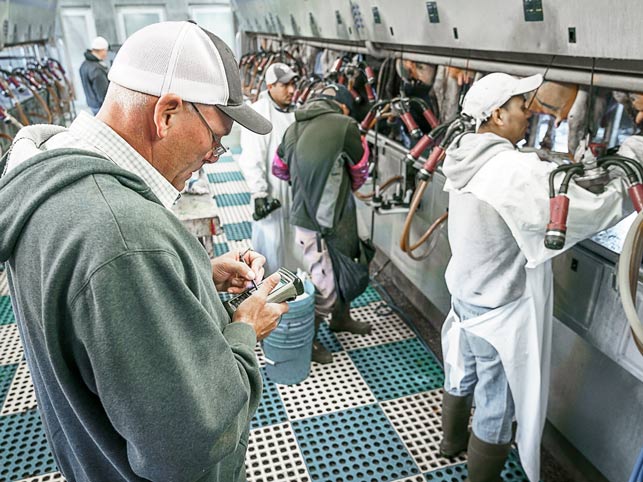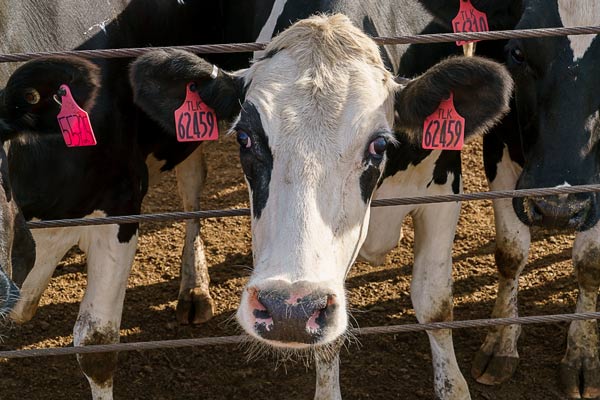Selective Dry Cow Therapy
Amelicor's Dry Cow Report will aid you in your decision to adopt an SDCT program
SDCT, also known as Selective Dry Cow Therapy, is a technique for drying out cows at the end of lactation. Essentially, instead of giving an antimicrobial treatment to every cow in the herd at the end of every lactation, treatment is given based on an assessment of the individual cow.
Why should I consider selective dry cow therapy?
The majority of dairy farms in the United State have used blanket dry cow therapy (BDCT) as the standard dry-off practice over the last several decades. However, with recent public health concerns about the overuse of antibiotics, dairy farms are being forced to look at alternative strategies for managing mammary infections. As a result, selectively drying out cows is becoming a popular substitute for BDCT.

Benefits
Are there benefits to Selective Dry Cow Therapy?
-
Reduce the risk of antibiotic resistance: Antibiotics are important in the event of serious illnesses, if your cows are building up a resistance to antibiotics they will not help when/if your herd is exposed to other diseases or an epidemic.
-
Make better use of your records: You're already tracking individual cows. Use your software and reports to test the effectiveness of the treatment.
-
Lower the risks of E. Coli Mastitis: Studies have shown that when antimicrobial treatments are given to cows with low cell counts there is an increased risk of E. Coli Mastitis. When selecting which cows to give antibiotics to, you can avoid giving them to cows with low cell counts—reducing your risk for e. Coli.
-
Time-Saving: Treating fewer cows has obvious time-saving benefits.
-
Cost Savings: Antibiotic treatment plus the teat seal is a costly drug. Most dairies that have been previously using BDCT will likely reduce their dry cow therapy by 50% when switching to SDCT.
Do you use DHI-Plus?
Treatment Requirements
How do I know which cows to treat?
Using DHI-Plus Herd Management Software, you can create a report to help you decide which cows to treat with antibiotics when it's time to dry them off.
Research shows that it's a good idea to treat all cows that meet three requirements:
- The cow has had a case of mastitis during lactation
- The cow had or has a cell count greater than 250,000
- It’s a high-producing cow, giving more than 80 pounds of milk.
If the cow meets all three criteria then it is at a significantly higher risk and should certainly be given treatment.
Beyond that, there are a few other things to rule out to make sure you are only including the eligible cows in your herd (such as not including heifers). The video below demonstrates all the settings you would include in DHI-Plus to get a list of cows that should be treated when they are ready to dry off.

How do I use DHI-Plus to decide which cows to treat?
A Selective Dry Cow Treatment Report Demonstration
While the idea of this seems simple enough, there is a lot of information that is needed to make the right decisions when it comes to selectively drying off and treating cows. This is where Amelicor steps in. DHI-Plus allows you to create a custom report that displays which animals meet the criteria and which ones do not.
While Amelicor can help you simplify the selective dry cow therapy process, it is important to make your own herd management decisions and check with your vet to make sure that SDCT is the right fit for your herd.
The video below will walk you through the necessary settings to create a thorough report for making those decisions.
Was the video Helpful?
After watching the video, please fill out the form below. Tell us if the video was helpful or let us know if you have any questions about creating dry cow reports with DHI-Plus.
